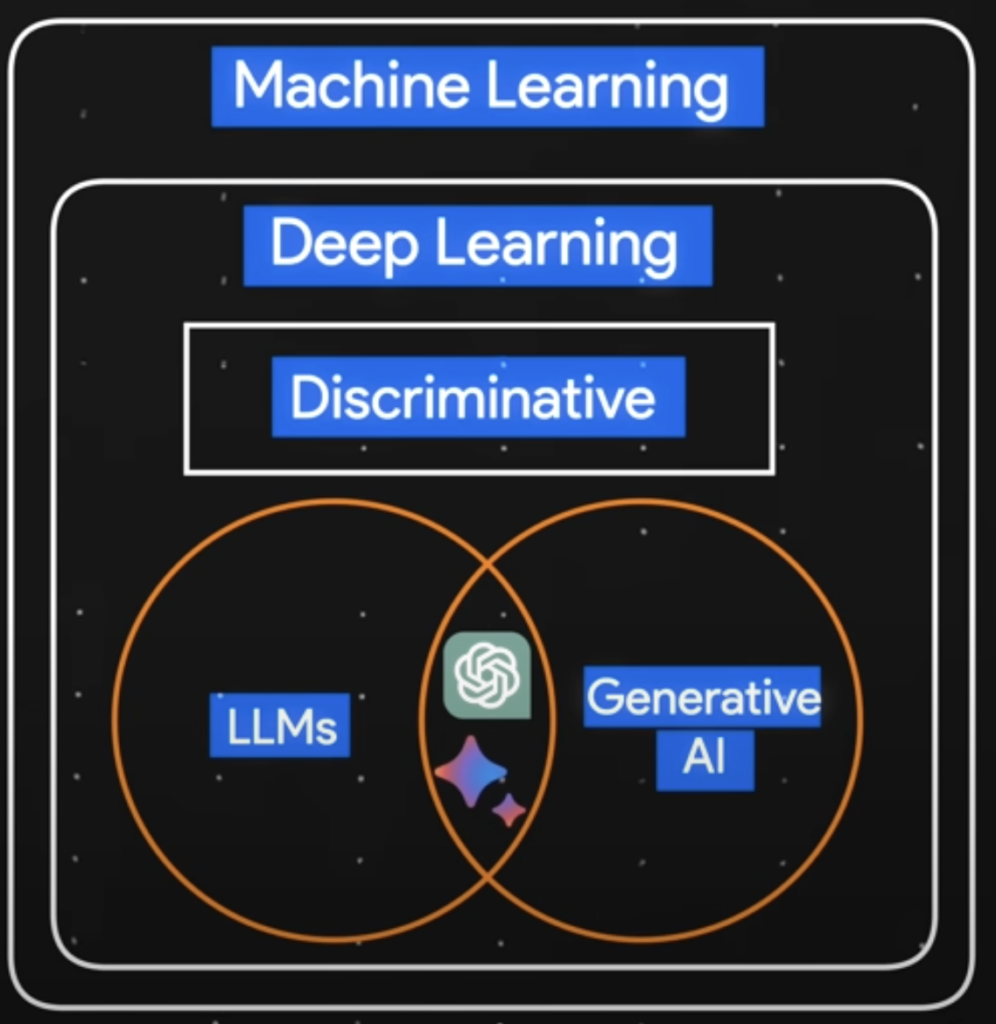Generative AI
GenAI stands for Generative Artificial Intelligence, a subcategory of Artificial Intelligence. GenAI is used to create images, texts, and even videos from simple text prompts. By searching and comparing what we ask to past work and ideas, GenAI creates a unique response to the demand it was given but does not actually create any new ideas. It simply recycles what it has been given to learn from.
If you were to ask for a summary of a well-known text, Chat GPT (a GenAI) would give an excellent, highly in-depth response. When it comes to the need for facts and credible information, GenAI isn’t your best bet. It will always give you a response, but it can often contain false information. Known as hallucinations, Gen AI will fabricate evidence to fulfill your needs even if the material is pulled out of nowhere.

https://www.youtube.com/watch?v=Yq0QkCxoTHM image from linked video
Despite these drawbacks, GenAI has proved itself to be quite valuable for my learning at UVic. As I am terrible with spelling, I have found tools like Grammarly to help avoid simple mistakes so that I can get my point across. Although spellcheck is not directly GenAI, Grammarly does have functions that can re-write your work to make it sound “better.” This function only comes with the paid-premium version. AI can do much more then spellcheck. As another example of useful AI for education, Chat GPT is great for getting started on projects. Sometimes all I need to get going is a conversation with someone to get my ideas flowing. By bouncing off simple topics to Chat GPT and seeing what sticks, I can get on the right track for my work. The final project mainly will have very little to do with the answers I initially got, but it is still an invaluable tool to get off the ground.
For those who are newer to Gen AI, you should check out Stable Diffusions, a free GenAI image creator. This program could be excellent for generating the exact images necessary for a presentation or a classroom. Here are some of my first attempts at AI image generating.


